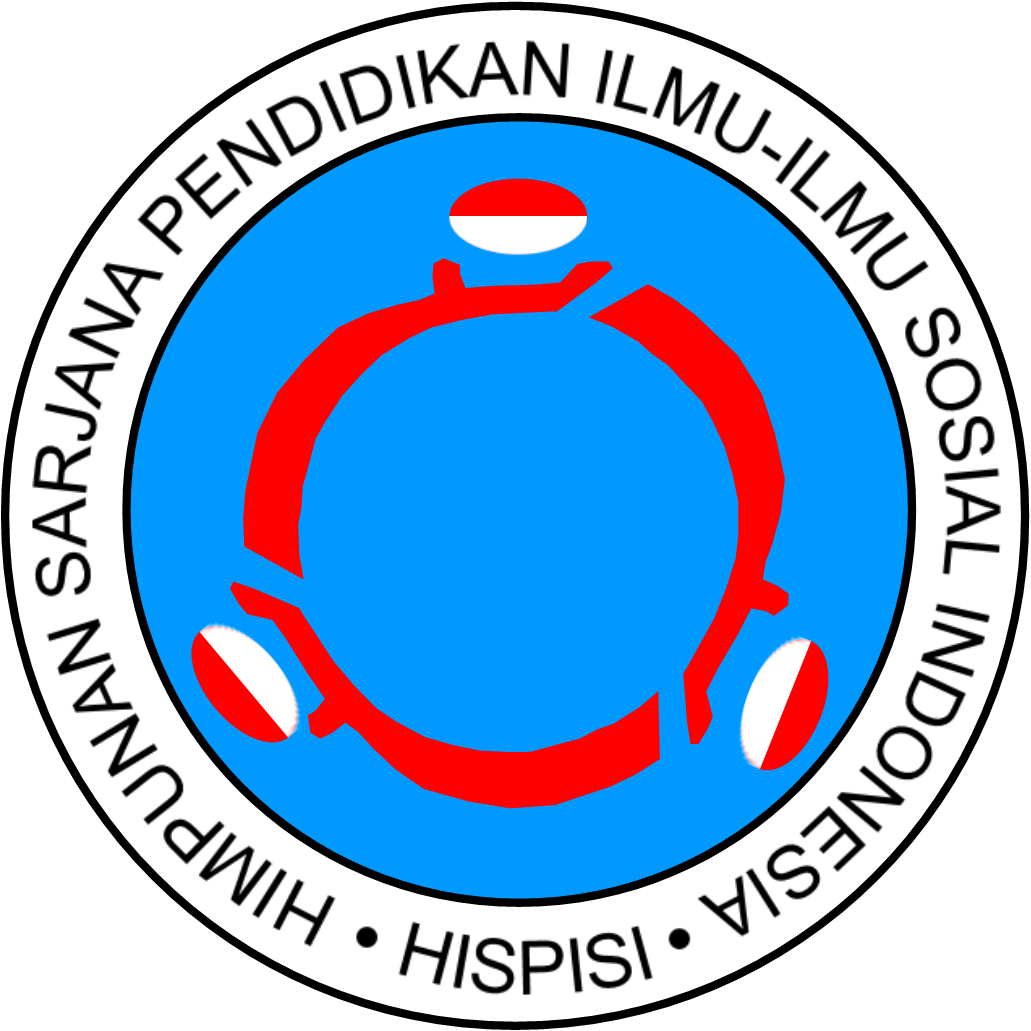BTS Boyband Fever Among New Students 2019 Faculty of Social Sciences, State University of Malang
Abstract
Dewasa ini, perkembangan budaya popular sangat marak terjadi di Indonesia terlebih lagi di kalangan remaja. Salah satu dari berbagai macam budaya popular yang membias di masyarakat adalah k-pop atau bisa dibilang juga hallyu wave. Pada perkembangannya, banyak produk-produk kpop yang berhasil diminati di kalangan remaja diantaranya adalah boyband. Penelitian kali ini mengangkat tema demam boyband BTS di kalangan remaja dengan objek penelitian adalah mahasiswa baru Fakultas Ilmu Sosial Universitas Negeri Malang (FIS UM) tahun 2019. Menurut peneliti, tema penelitian ini dianggap penting karena peneliti merasa bahwa topik penelitian tentang demam boyband BTS pada kalangan mahasiswa baru Fakultas Ilmu Sosial Universitas Negeri Malang masih belum pernah diteliti oleh para akademisi terdahulu. Selain itu, tujuan dari penelitian ini dikarenakan kaingintahuan peneliti tentang bagaimana antusiasme dari para mahasiswa baru dalam menyikapi demam kebudayaan popular ini. Pada penelitian ini, peneliti menggunakan beberapa konsep dan teori yang relevan, diantaranya konsep membership group oleh Robert K. Merton. Kemudian peneliti juga mengaitkan dengan teori aksi oleh Max Webber dan Talcott Parsons, konsep tindakan sosial menurut Max Webber dan juga ciri-ciri dari masyarakat industri. Dari hasil penelitian dengan menggali informasi 10 informan mahasiswa pada pemilihan purposive sampling melalui teknik pengumpulan data berupa wawancara terlihat bahwa memang ada demam boyband BTS yang terjadi pada mahasiswa baru FIS UM. Kemudian dengan adanya demam boyband BTS ini nantinya dikorelasikan dengan konsep budaya popular serta beberapa teori yang relevan dengan topik ini.
Keywords
Full Text:
PDFReferences
Adiyanto, W. (2021). The myth of the ideal vagina in feminine soap ads. Journal of Communication Research, 4(2), 160-178.
Fensi, F. (2017). Listening as a communication model for understanding adolescents. Psychnetics, 9(2). 146-155.
Hay, C. (2012). The ‘dangerous obsession’with cost competitiveness… and the not so dangerous obsession with competitiveness. Cambridge Journal of Economics, 36(2), 463-479.
Hatami, W. (2023). The contribution of village youth organisations in developing young citizens' civic virtue values. International Journal of Education and Humanities, 3(1), 55-65.
Lather, P. (1993). Fertile obsession: Validity after poststructuralism. The sociological quarterly, 34(4), 673-693.
Lee, H. J., and Kwon, S. M. (2003). Two different types of obsession: Autogenous obsessions and reactive obsessions. Behaviour research and Therapy, 41(1), 11-29.
Prasetiyo, A. R., and Andjarwati, A. L. (2021). Analysis of hedonic lifestyle, price, and product quality and their influence on bicycle purchasing decisions in the era of the Covid-19 pandemic. Journal of Management Science, 9(3), 990-1001.
Pratiwi, N., and Pritanova, N. (2017). The influence of digital literacy on the psychology of children and adolescents. Semantics, 6(1), 11-24.
Saputra, R. (2013). Representation of popular culture in Thalia Salsabilla's children's novel B-Jell Cheers (Review of Literary Sociology). Journal of Indonesian Literary Ark, 1(3). 1-7.
Sarasak, D. A. B. P., and Utami, L. S. S. (2021). The effectiveness of social media use of panncafe instagram@ accounts in meeting the information needs of k-pop fans. Prologia, 5(2), 277-284.
Schivinski, B., and Dabrowski, D. (2016). The effect of social media communication on consumer perceptions of brands. Journal of Marketing Communications, 22(2), 189-214.
Tjahyadi, S. (2015). Reflections on the paradigm of the social sciences. Humanika, 22(2), 47-57.
Wiradimadja, A. W. (2016). application of value clarification technique (VCT) model role playing in social studies subjects to suppress bullying behavior of students at SMP Negeri 4 Bandung. Journal of Social Science Education, 25(2), 182-187.
Wulandari, S. (2018). Consumptive behavior of K-pop fan students at SMA Negeri 4 Surakarta. SOCIALITY. J. Ilm. Pend. Sos, 8(1).
Zachariah, A. F. (2016). Study on social studies teachers' efforts in developing prosocial behavior and reducing bullying behavior of students in junior high school (case study on social studies teachers of SMP PGRI 1 Jatinangor, Sumedang Regency, West Java). Journal of Social Science Education, 25(1), 117-123.
Zanger, J. (1983). Speaking of the unspeakable: Hawthorne's" The Birthmark". Modern Philology, 80(4), 364-371.
DOI: https://doi.org/10.17509/jpis.v29i1.21629
Refbacks
- There are currently no refbacks.
Copyright (c) 2020 Deva Kurnia Rahmawati, Luhita Rizkiyana Madhanni, Ananda Nur Azahra, Prabu Soko Arya Firdi, Manover Hayyuna Brimantara Taruna

This work is licensed under a Creative Commons Attribution-NonCommercial-ShareAlike 4.0 International License.














